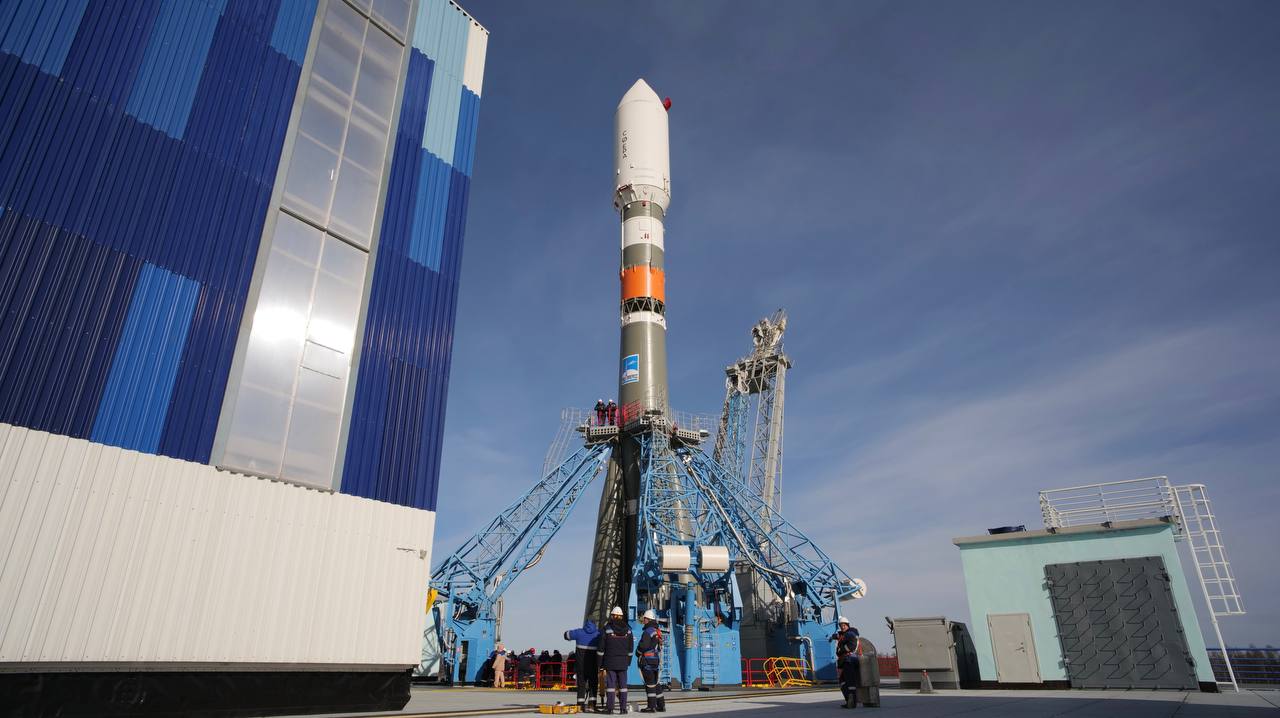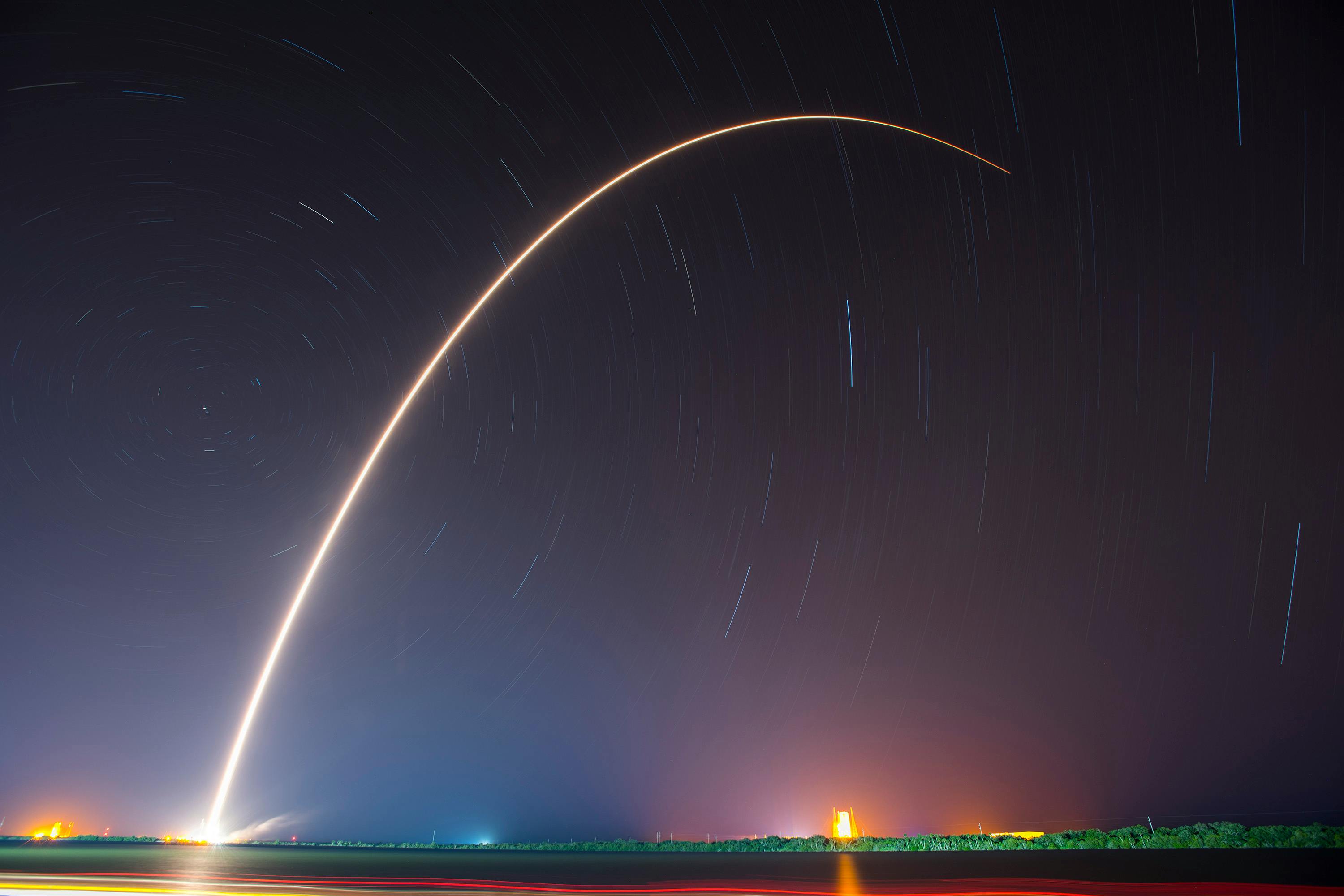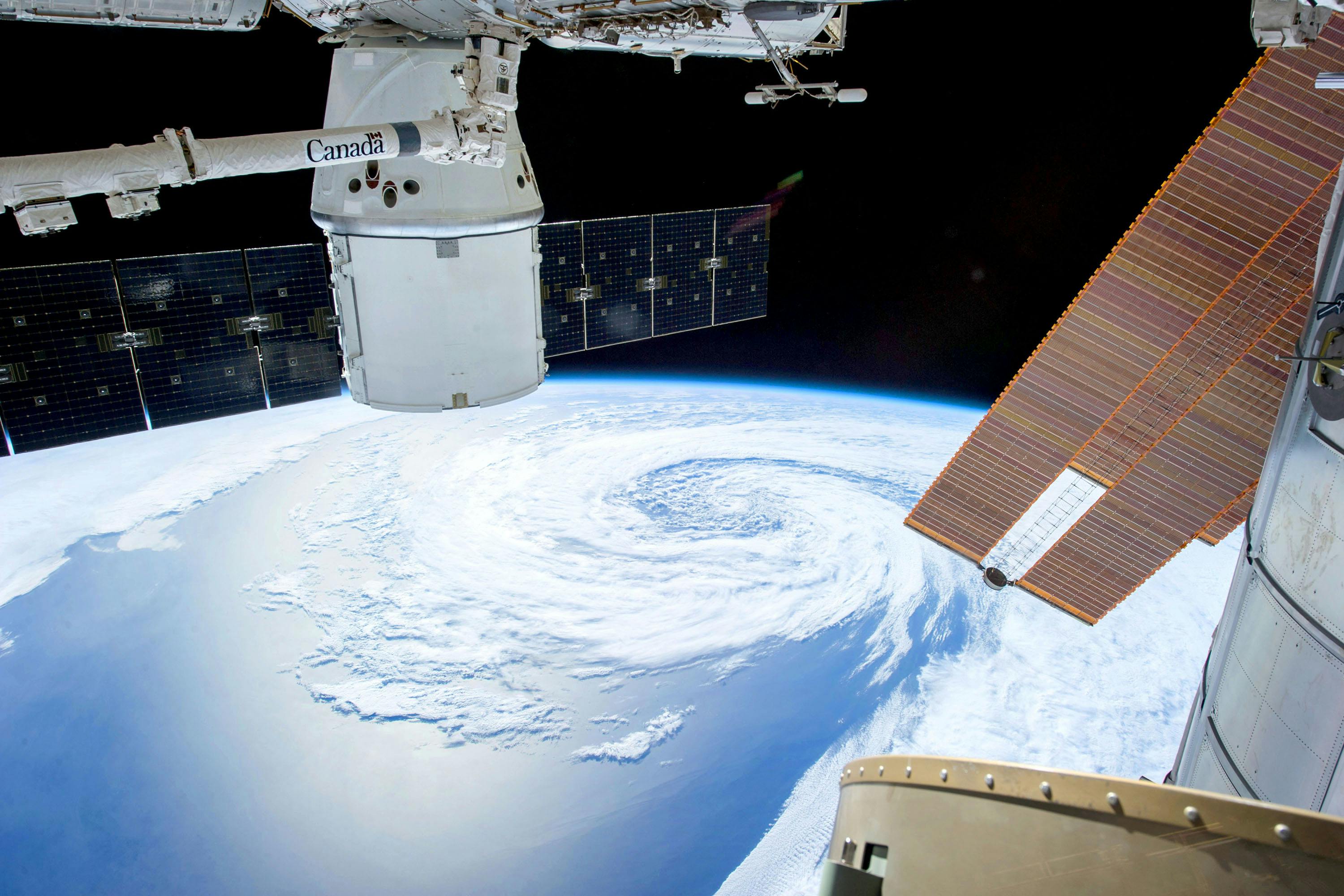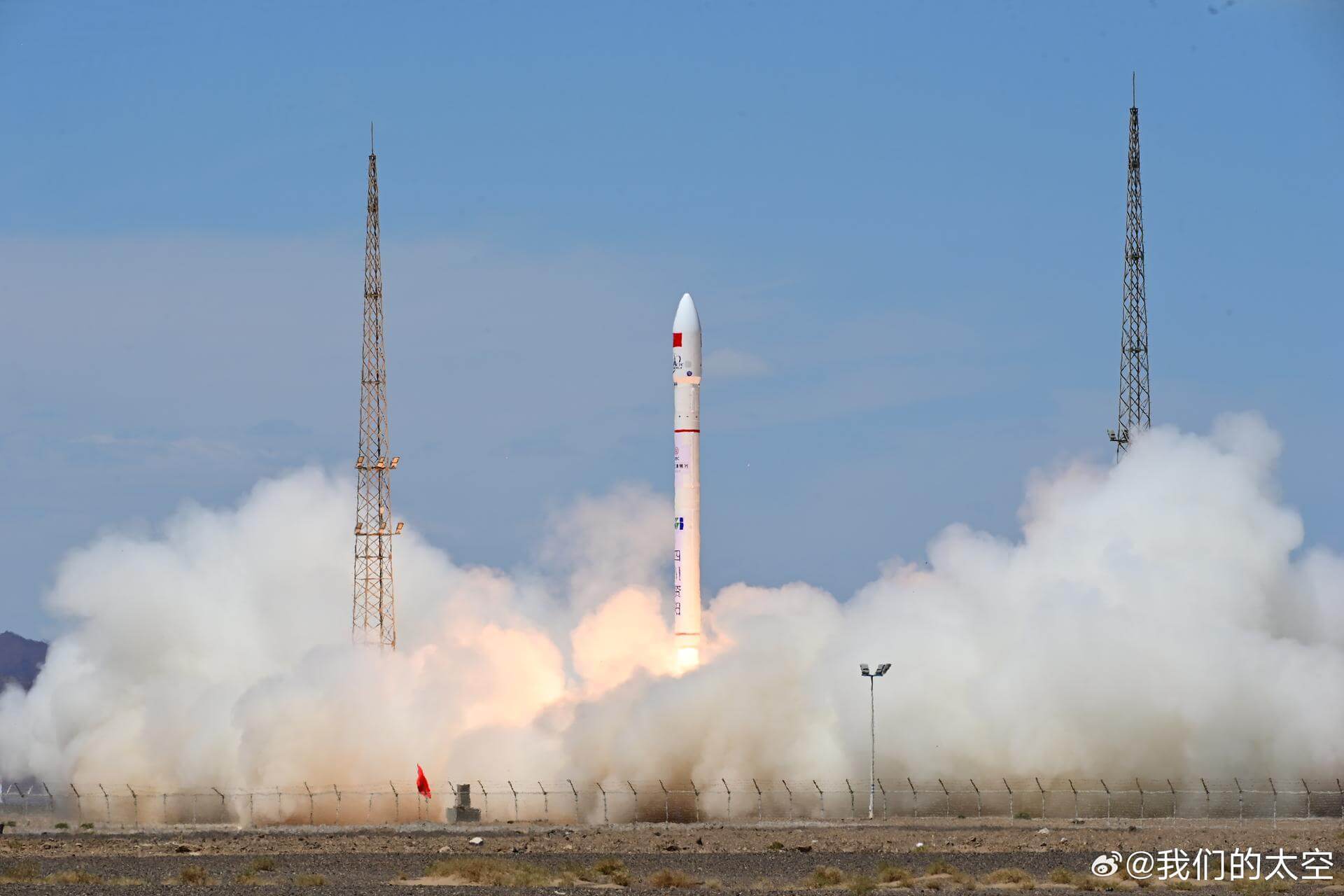· space brief · 5 min read
Space Brief 11 Feb 2025
Today's highlights include the debut of a new Chinese rocket, a successful Starlink launch, and concerns about Artemis 3. We also cover DoD developments and a notable SpaceX milestone.
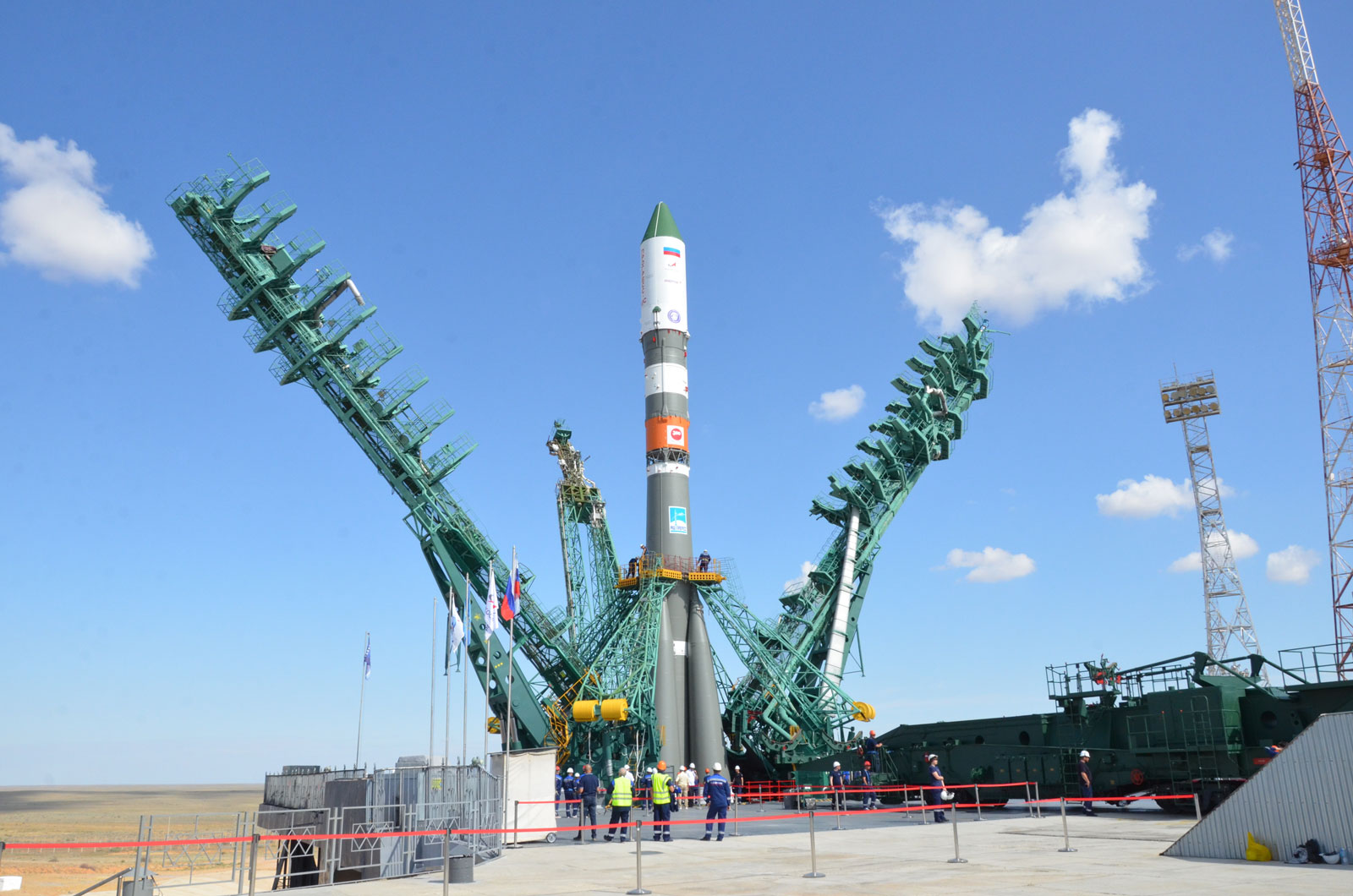
📄Top Stories
In today’s space news, we witness SpaceX successfully launching 23 Starlink satellites from California, further bolstering their internet constellation. Amidst new developments, the Chinese space agency is set to debut an improved Chang Zheng rocket. Meanwhile, discussions around the Artemis 3 mission highlight potential risks in lunar landing plans.
📰Detailed Coverage
Air Force Strategy Holds for New Leadership
The Air Force has paused its “reoptimization” planning as it awaits freshly appointed leaders to assess ongoing initiatives. This decision aligns with compliance requirements from the Department of Defense and highlights a period of strategic reflection within the service.
The move ensures that new leadership will have the room to align future projects with broader DoD directives. This could have implications for satellite communications strategies, potentially affecting procurement and operational decisions within satellite tracking frameworks.
Read the full story: Breaking Defense
Starlink Expands as SpaceX Launches 23 Satellites
On February 10, SpaceX successfully launched 23 more Starlink satellites from California, reinforcing its already extensive satellite network. This latest batch adds to the company’s vision of providing global internet coverage and was marked with a seamless liftoff.
Following their launch, the satellites were deployed at their designated orbits, showcasing once again SpaceX’s prominence in efficient satellite deployment. This addition is crucial for satellite trackers who wish to follow the evolving constellation dynamics.
Read the full story: Space.com
China Prepares for New Rocket Debut
Preparations are underway in China for the inaugural flight of an updated version of the Chang Zheng-8A rocket. This development marks a significant stride in China’s space launch capabilities, anticipated to set new standards for payload delivery efficiency.
The Chang Zheng series updates reflect China’s commitment to advancing its space exploration initiatives. As the rocket prepares for its first flight, satellite trackers will watch closely to see how these developments affect payload deployment strategies.
Read the full story: NASASpaceFlight.com
Artemis 3 Moon Mission May Face High Risks
NASA’s Artemis 3 mission plans, which aim to return astronauts to the Moon, are facing scrutiny from a safety report outlining potential risks. This report highlights significant challenges that could affect the mission’s success and safety.
The safety recommendations urge NASA to reassess certain aspects of the mission to ensure all safety parameters are met. These deliberations are fundamental for space operations and oversight, which satellite trackers and enthusiasts keenly follow for insights into mission planning.
Read the full story: Space.com
SpaceX Starship Boosts Testing with Static Fire Success
SpaceX’s Booster 15 has successfully completed a static fire test in preparation for Starship Flight 8. This critical stage in the testing process confirms readiness for future missions and highlights SpaceX’s ongoing advancements in its propulsion systems.
The booster, equipped with 33 Raptor engines, marks a notable milestone in Starship’s development narrative, promising enhanced launch capabilities. This event underscores SpaceX’s strategy to refine its Starship platform, crucial for both commercial and exploratory missions.
Read the full story: Space Explored
🛰️Satellite Spotlight
- Satellite Name: YAOGAN-4
- NORAD ID: 33446
- Launch Date: 2008-12-01
- Mission: Earth observation
- Orbit: Inclination: 97.8977°, Period: Approx. 96.9 minutes, Eccentricity: Low
- Operator: Chinese Academy of Sciences (ZZB)
- Fun Fact: Yaogan-4 is part of a series of Chinese satellites used primarily for scientific experiments and military reconnaissance.
Current TLE Data:
1 33446U 08061A 25042.05433314 .00002461 00000+0 32066-3 0 9993
2 33446 97.8977 335.8888 0013513 225.5382 134.4726 14.81442965872909Track this satellite in real-time on our web app: Track YAOGAN-4
🚀Upcoming Space Launches
February 11
-
China Aerospace Science and Technology Corporation Long March 8A:
- Demo Flight from Wenchang Space Launch Site, People’s Republic of China (09:22 UTC) Demonstration flight of the Long March 8A rocket with upgraded first stage and boosters engines.
-
SpaceX Falcon 9 Block 5:
- Starlink Group 12-18 from Cape Canaveral SFS, FL, USA (18:53 UTC) A batch of 21 satellites for the Starlink mega-constellation, SpaceX’s project for space-based Internet communication system.
February 14
- SpaceX Falcon 9 Block 5:
- Starlink Group 12-8 from Cape Canaveral SFS, FL, USA (17:26 UTC) A batch of satellites for the Starlink mega-constellation, SpaceX’s project for space-based Internet communication system.
February 17
-
SpaceX Falcon 9 Block 5:
- NROL-57 from Vandenberg SFB, CA, USA (13:18 UTC) Eighth batch of satellites for a reconnaissance satellite constellation built by SpaceX and Northrop Grumman for the National Reconnaissance Office to provide imaging and other reconnaissance capabilities.
-
SpaceX Falcon 9 Block 5:
- Starlink Group 10-12 from Cape Canaveral SFS, FL, USA (23:00 UTC) A batch of 23 satellites for the Starlink mega-constellation, SpaceX’s project for space-based Internet communication system.
February 18
- Rocket Lab Electron:
- Fasten Your Space Belts (BlackSky Gen-3 1) from Rocket Lab Launch Complex 1, Mahia Peninsula, New Zealand (23:15 UTC) The first of five BlackSky Technology missions to deploy its new next-generation BlackSky Gen-3 satellites, capable of producing imagery with 50-centimeter resolution.
February 26
- Arianespace Ariane 62:
- CSO-3 from Guiana Space Centre, French Guiana (16:24 UTC) The CSO-3 satellite is the third in a series of high-resolution optical imaging satellites for the French military.
February 27
-
SpaceX Falcon 9 Block 5:
- Nova-C IM-2 & Lunar Trailblazer from Kennedy Space Center, FL, USA (00:17 UTC) This mission carries NASA’s PRIME-1 payload, a demonstration of in-situ resource utilization on the Moon.
-
Russian Federal Space Agency (ROSCOSMOS) Soyuz 2.1a:
- Progress MS-30 (91P) from Baikonur Cosmodrome, Republic of Kazakhstan (21:24 UTC) Progress resupply mission to the International Space Station.
Note: Launch dates and times are subject to change due to technical or weather considerations.

Maurice Stellarski


